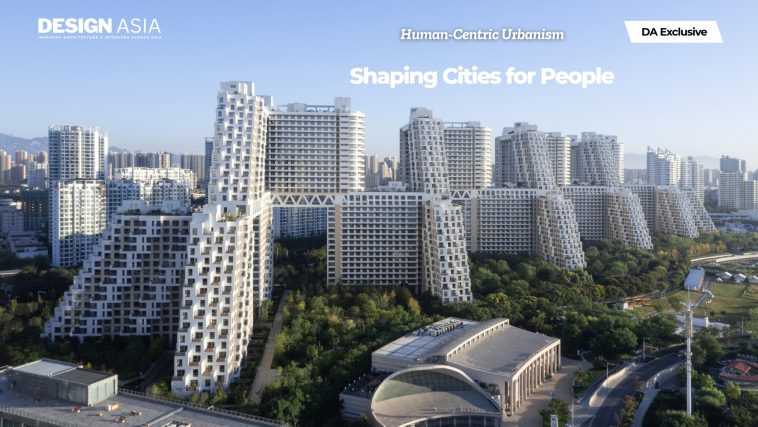Human-centric urbanism is redefining how cities are planned and built, shifting the focus from infrastructure and vehicles to the needs, wellbeing, and experiences of people. This approach creates environments where residents feel safe, comfortable, and actively engaged in shaping their communities.
Principles Behind Human-Centric Cities
A genuinely human-centric city prioritizes accessibility for all, ensuring everyone can use public spaces, transport systems, and services without barriers. Safety is fundamental, with well-lit streets and community support systems nurturing a sense of calm and trust. Involvement is crucial—residents are encouraged to participate in the design and decision-making process, expressing preferences and sharing ideas to continuously improve the city.
Comfort goes beyond cleanliness and order; it includes abundant green spaces, zones for culture and relaxation, and thoughtfully landscaped parks and plazas. Walkable neighborhoods and pedestrian-friendly districts are central, allowing people to move freely, socialize, and enjoy their surroundings.
Urban Trends Shaping 2025
Recent years have seen rising interest in walkable communities, green architecture, and inclusive public spaces. Urban planners are designing cities that encourage active mobility, reduce car dependency, and integrate nature through parks, gardens, and green rooftops. Digital technologies and real-time feedback from citizens drive flexible planning, allowing cities to adapt quickly to residents’ needs.
Inclusivity is a key driver—universal design ensures spaces welcome everyone, including those with disabilities. Green zones and “third places” (neither home nor work) foster interaction, improving mental and physical health and building stronger, more cohesive communities.
Creating Vibrant, Adaptive Communities
Successful human-centric urbanism hinges on adaptability and participation. Streets and open spaces are designed to accommodate different activities, encouraging community events, social exchanges, and recreational opportunities. Connectivity is prioritized, offering pedestrian lanes, cycling paths, and easy access to essential services.
Public involvement integrates technology—platforms for surveys, citizen feedback, and digital models allow residents to influence projects directly. This participatory environment empowers people, making cities not just places to live, but places to thrive.
The Future: A People-First Mindset
By putting people at the center, cities can become healthier, more sustainable, and socially resilient. Human-centric urbanism brings life to public realms, celebrates diversity, and creates lasting wealth through satisfied, productive, and connected residents.
Explore more:


